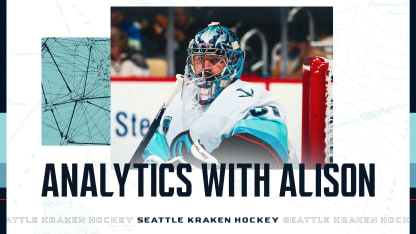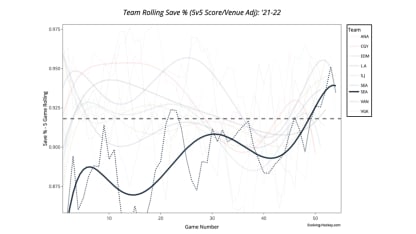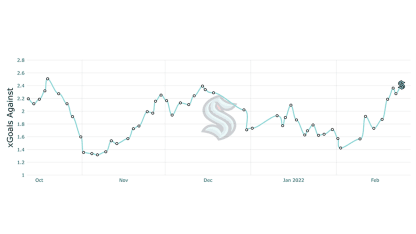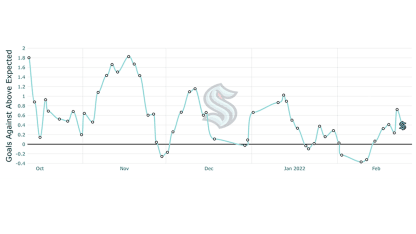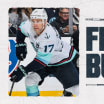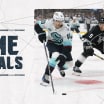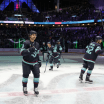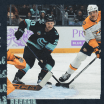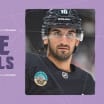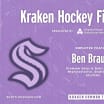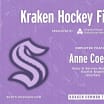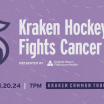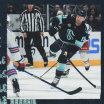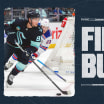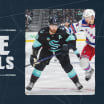Watching the Kraken of late, it feels like goaltending has become a strong part of overall play. After the 3-2 overtime loss to Boston on Thursday, Jordan Eberle described Philipp Grubauer's performance as "standing on his head." His head coach was equally complimentary.
"(Grubauer's) game tonight starting with the penalty kills, he was really sound (and) solid, (he had) a couple big saves," Dave Hakstol said. "The performance he had tonight…with that kind of a performance, our guys will fight hard for him."
Analytics with Alison: Improving Play in Net
Our eyes tell us we've seen strong Kraken goaltending in recent games, do the numbers say the same?
